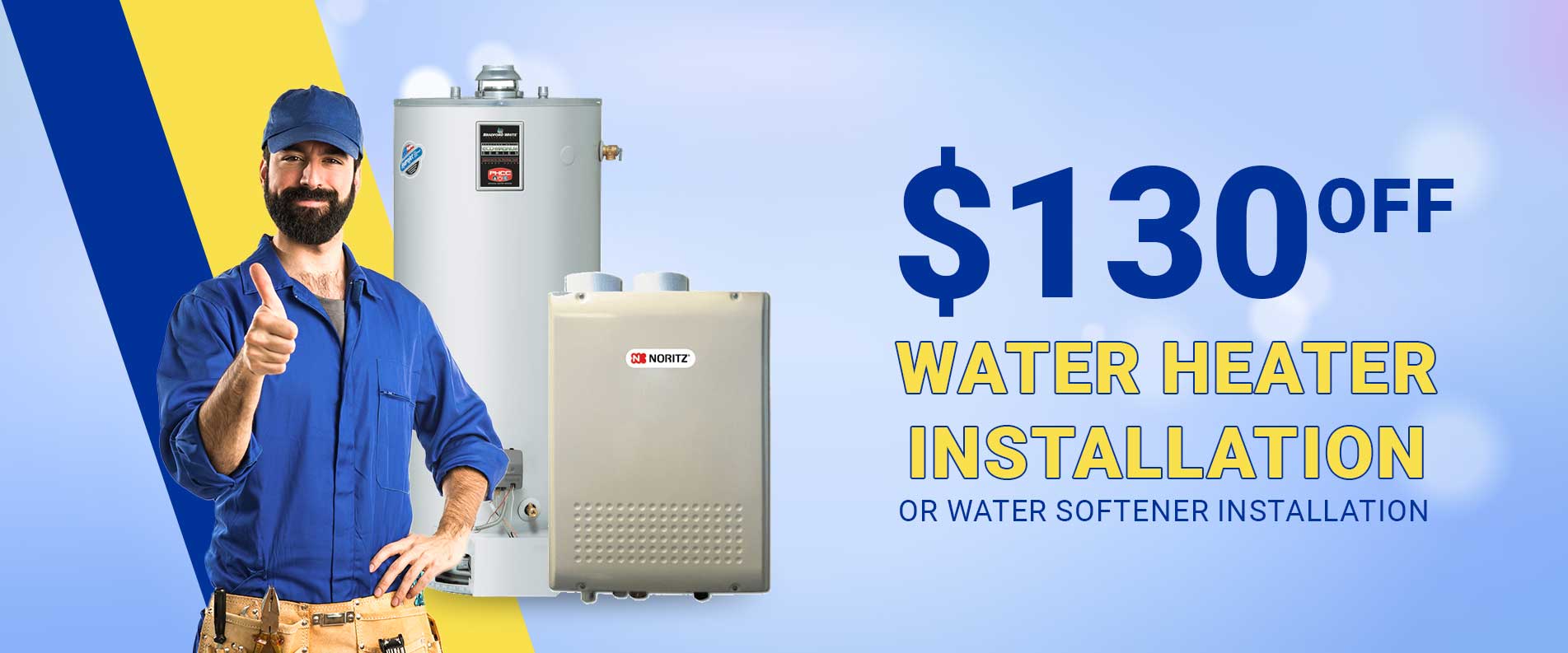When the summer season warmth peaks, the ultimate issue each person needs is for his or her air conditioner (AC) to fail at offering that awful lot-wanted respite from the scorching temperatures. Yet, many house owners locate themselves in a catch 22 situation in which their air conditioner is not blowing cold air however is jogging, a state of affairs which can vary from being mildly stressful to downright unbearable.
This scenario, at the side of related problems including while the AC does not get bloodless, the air conditioner runs however no cooling occurs, or whilst the AC has stopped running altogether, are commonplace issues that could have diverse underlying causes. In this exact manual, we will discover these problems considerably, supplying perception into their origins and providing practical answers to make sure your dwelling space stays a groovy sanctuary.
Understanding AC Functionality
To troubleshoot efficiently, it is vital to have basic information on the way air conditioners work. At its middle, an AC unit operates by circulating refrigerant between sets of coils (the evaporator and condenser coils), soaking up warmth from inside your home and freeing it outside.
This process is facilitated by way of numerous key components, including the air handler, compressor, and thermostat, each playing a pivotal position in the cooling cycle. When the sort of additives fails or operates inefficiently, it is able to disrupt the whole system.
Common Issues and Solutions
Dirty Air Filters
A frequent offender for an AC now not blowing bloodless air is a grimy or clogged air filter out. Air filters capture dust, pollen, puppy dander, and other airborne particles, stopping them from entering your indoor area. Over time, these filters can gather a lot of particles that hinder airflow, leading to faded cooling performance and, in a few cases, causing the evaporator coils to freeze over.
Regularly checking and replacing your air filters (each 1-three months, relying on usage and clear out kind) can prevent this difficulty and preserve ultimate air best in your home.
Low Refrigerant Levels
Refrigerant is vital for the cooling system, but if stages are low due to leaks or wrong charging, your AC’s cooling electricity could be appreciably decreased. Signs of low refrigerant consist of ice buildup on the refrigerant lines and hissing or effervescent noises from leaks. Addressing this issue normally requires professional help to find leaks, restore them, and recharge the refrigerant to the manufacturer’s targeted stage.
Thermostat Issues
An often ignored however simple problem is inaccurate thermostat settings or malfunctions. Ensure your thermostat is about too “cool” and that the temperature placing is decreased than the contemporary room temperature. If the thermostat is not functioning successfully, it may now not appropriately gauge the temperature or speak efficiently with the AC unit, leading to cooling problems. Troubleshooting may involve changing the batteries, recalibrating the thermostat, or in some instances, changing the thermostat absolutely.
Frozen Evaporator Coils
The evaporator coils comprise refrigerants that absorb warmth from the air. If airflow is reduced because of dirty filters or if the refrigerant stages are too low, these coils can freeze, halting the cooling technique.
If you suspect frozen coils, flip off the AC to allow them to thaw, and test for and cope with any airflow troubles or refrigerant leaks. Continuing to function your AC with frozen coils can result in more intense damage.
Faulty Compressor
The compressor plays an important position within the refrigeration cycle, circulating refrigerant among the evaporator and condenser coils. A malfunctioning compressor can result in decreased cooling or motivate your AC to prevent running altogether. Compressor troubles are complex and commonly require the expertise of a professional HVAC technician to diagnose and restore.
Clogged Condensate Drain Line
As your AC cools the air, it additionally eliminates moisture, which is drained away through the condensate drain line. Over time, this line can grow to be clogged with algae, mold, or debris, doubtlessly leading to water harm or impacting your AC’s efficiency. Regular cleansing of the drain line can save you those issues and ensure right drainage of condensation.
Preventative Maintenance and Professional Care
Regular renovation is vital for preserving your air conditioning maintenance, strolling smoothly and efficiently. This includes routine responsibilities along with replacing air filters, cleansing the condensate drain line, and ensuring the outdoor unit is unfastened from particles.
Additionally, scheduling annual carrier test-united states with a certified HVAC technician can help pick out ability troubles earlier than they escalate into extra widespread troubles, ensuring your gadget operates at top efficiency and extends its lifespan.
When to Call a Professional
While a few troubleshooting your air conditioner steps can be accomplished through homeowners, including changing air filters or checking thermostat settings, other issues require the expertise of an expert.
If you have tried fundamental troubleshooting without fulfillment, or if you suspect complex issues like refrigerant leaks, compressor malfunctions, or electrical issues, it’s time to call in a licensed HVAC technician. Professional servicing ensures that upkeep is conducted appropriately and efficiently, adhering to industry standards and manufacturer specifications.
Conclusion
An air conditioner no longer blows bloodless air but walking can disrupt your consolation and peace of mind, in particular at some stage in the hot summer time months. By understanding the commonplace reasons behind this and associated problems, you may take proactive steps to troubleshoot and solve minor troubles or understand while expert help is vital.
Regular maintenance, coupled with well-timed repairs, will make sure your aircon system stays a dependable supply of comfort for years yet to come. Remember, the key to a cool, snug domestic life lies not just inside the palms of your AC unit, however also in the care and attention you offer it.





